This is the Citroen C4 Cactus Airflow 2L Concept, which is set to debut at this year’s Paris Motor Show. Since times are a changing, 2L in this case does not refer to a 2.0 litre engine under the hood, but actually refers to the car’s target of a two litres per 100 km fuel consumption.
Citroen says this has been achieved by an optimised exterior design with a 20% improvement in aerodynamics, including air intakes that have variable openings, wing mirrors that have been replaced by slimmer rearview cameras as well as tall and narrow 155/70R19 tyres with lower rolling resistance. It’s lighter too, with carbon composites, polycarbonates and aluminium parts contributing to a 100 kg decrease in overall vehicle weight.
There’s also the implementation of Hybrid Air technology, which also appears in the Peugeot 208 HYbrid Air 2L. The Hybrid Air powertrain combines a 82 horsepower 1.2 litre petrol engine with a compressed air hydraulic system which is used to assist and even replace the petrol engine to enable maximum efficiency during acceleration and starts.
The system is made up of a compressed-air tank located below the boot, a low-pressure tank near the rear axle acting as an expansion chamber and a hydraulic system consisting of a motor and a pump in the engine bay. Power goes to the wheels via an epicyclic geartrain which offers automatic operation.
For more on how the system works, read our 208 HYbrid Air 2L story.
Looking to sell your car? Sell it with Carro.

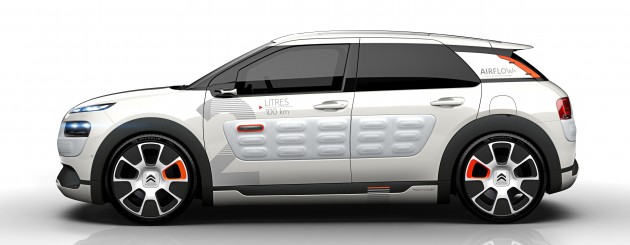

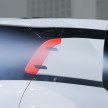
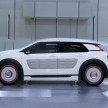
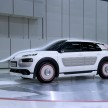
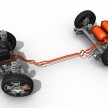
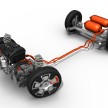
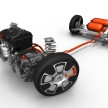
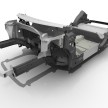
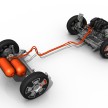
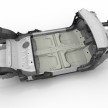

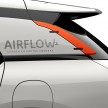
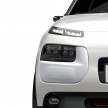
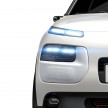
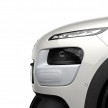
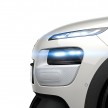
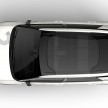
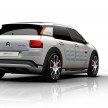
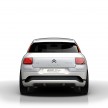
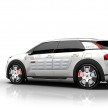
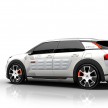
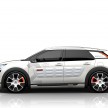
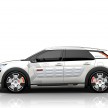
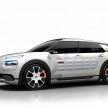
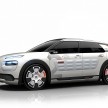
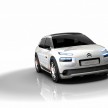
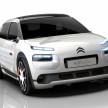
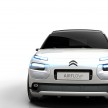
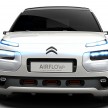


Boss is always boss. Still updating even after working hour. Kudos… paul.
Paultan team,i’ve been trying to google around how this system works.but cannot understand la.maybe too technical for me.
Can write an article to explain it in layman term?
As what i understand, most of the compressed air energy are captured during braking and slowing down..
“An 82-hp 1.2-liter gasoline engine provides most of the power, driven through an epicyclic automatic transmission. During deceleration, the wheels’ energy drives a hydraulic pump that pushes hydraulic fluid into an accumulator and compresses the nitrogen gas within. When the car needs to accelerate, the system works in the opposite way: The pressurized nitrogen gas pushes the hydraulic fluid, which drives a hydraulic motor connected to the transmission” – popular mechanics
More aerodynamic,safe fuel and more faster
This.
I combed the internet looking for information, mostly outdated “air powered” car concepts that totally replaces the internal combustion engine, but nothing like this.
I’d assume it uses the compress air to turn some gears (I looked up epicyclic gears), but what I don’t understand is how it only takes 10 second to fully charge up the tank yet provides 2L/100km economy.
I guess this only works in city stop-go traffic where you constantly get to refill the gas tank as you brake?
When talking about air compression .. pressure increase in tank can also be achieved by introducing heat in tank causing air expansion…
correct me if im wrong but it could be that in highway driving mode (minimum braking and deceleration).. heat from the ICE engine is used for this purpose…
Ouh..if coming to this bolehland I will get this instead of the 208..same engine same system and I won’t be mocked as Kiki the Steering Lock #CDM25
Can this car even tackle corners at high speed? It’s about to break the laws of physics.
Same engine with peugout 208 HYbrid?
Yes, Peugeot owns Citroën.
cant believe the fact about the tires. is it for straightway road only and a mile of breaking distance.
Air assisted power Cactus…now who would have taught that up other than the Creative Technologie car maker. Thumb Up
oh my English. Thought up not taught up obviously
I hope this AirFlow technology will graduate soon to the mass market. I think this is a brilliant idea. Electrical is not the way to go now as current batteries are going to be part of pollution.